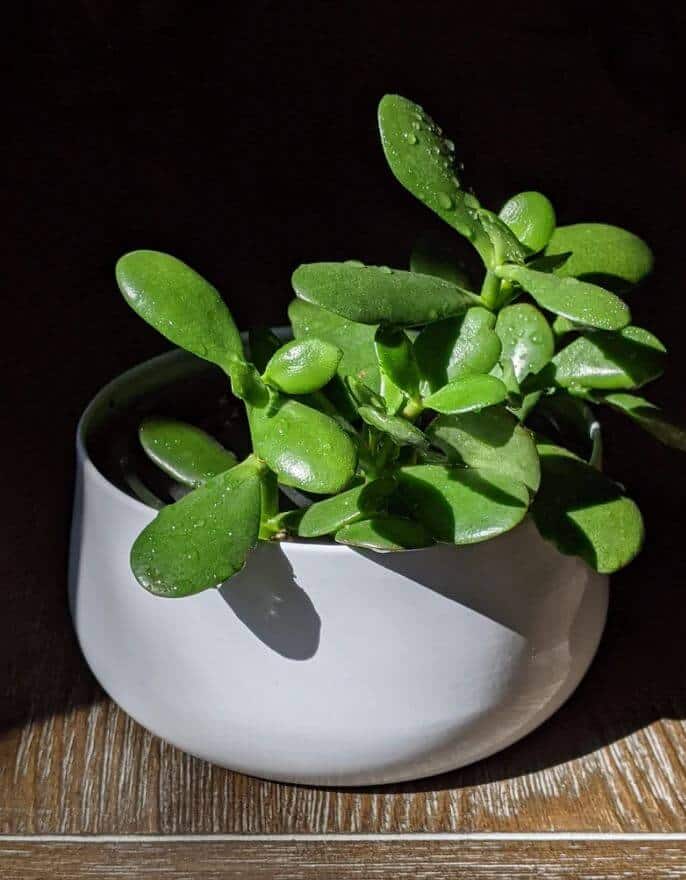Last Updated on May 23, 2023 by a Friendly Gardener
Many Chinese business owners place a Jade plant near their business’s entrance in keeping with the saying “Jade by the door, poor no more!”In Asian culture, the Crassula ovata is revered as an auspicious plant and is often gifted on numerous occasions. These succulents can grow to be quite large in size and enjoy long lifespans when cared for properly.
Beloved for puffy green leaves that resemble small pillows, the Crassula ovata or Crassula argentea, are popularly referred to as Money Tree, Jade Plant, or Lucky Plant. This kind of succulent is easy to care for whether indoors or outdoors.
Calling South Africa home, it belongs to the Crassula genus, and this genus boasts approximately 150 species. In warmer climates, these plants will grow into lovely bushes ornating outdoor gardens or patios when container cultivated. In colder regions, the Jade plant should be cultivated indoors.
This plant is low maintenance when cultivated as a houseplant, with what not to do guiding care. Because it is difficult to kill, it is a great option for beginners, those convinced they have a brown or black thumb, and gardeners that travel or have limited time for plant care.
The Crassula Ovata
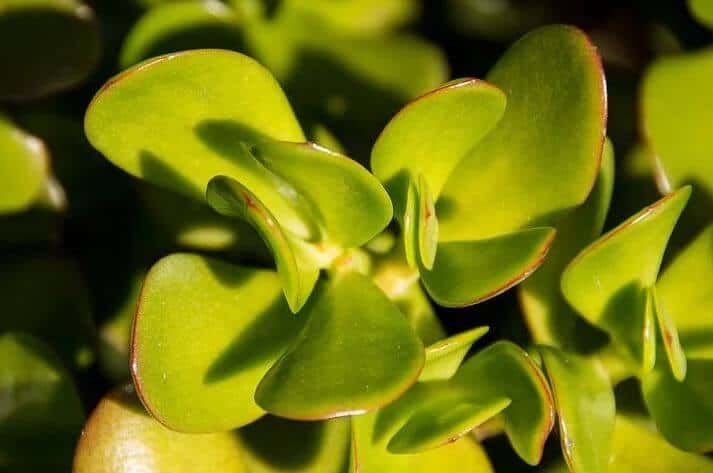
Succulents are relatively indestructible. Their biggest risks are connected to overwatering. The Crassula ovata boasts thick, fleshy, pillow-like foliage with their stems, like their leaves storing water. They are at home and globally appreciated in Mediterranean islands, North American deserts, and of course, Africa.
The Jade plant cultivated indoors will usually not produce blooms, but those cultivated outside will develop small white flowers during spring at the end of their dormancy period. Mature plants can grow from 3 to 6 feet in height and 2 to 3 feet in width. With maturity, their stems begin to appear as small trunks. Jade plants cultivated outside will appear as small trees or bushes. Keep in mind that more than 1400 types of Jade plants exist so there are many to choose among.
Jade Plant Care
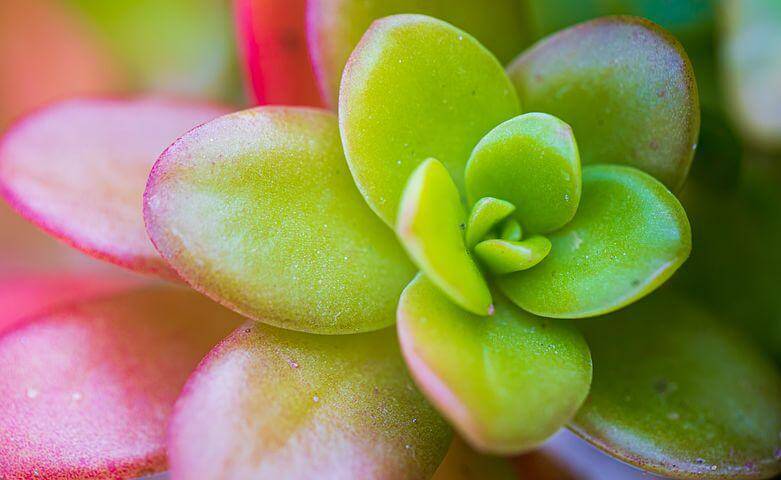
The largest risk to the health of the Crassula ovata is too much moisture. Overwatering will kill this plant, so keep the soil relatively dry. Light is equally important, so if cultivating indoors look to position your plant near a bright sunny window.
The Jade plant is also easily propagated, so if you are looking for gift ideas, start early and you’ll have as many as you’ll need. Jade plants do tend to grow to be top-heavy due to the water stored in foliage. Chooses a heavy or weighted container such as clay or terracotta to prevent your plant from falling over.
Soil
Your best bet is to choose a soil mix that has been specifically blended for succulents. The soil must drain well to avoid moisture buildup leading to fungal infections or root rot. If you use some standard potting soil, add one part of perlite to two parts of soil for drainage and aeration purposes. Clay or terracotta containers, as opposed to plastic, will aid in wicking moisture from the soil bed. Soil pH needs to be neutral to slightly acidic measuring between 6.1 and 6.5 ideally.
Light
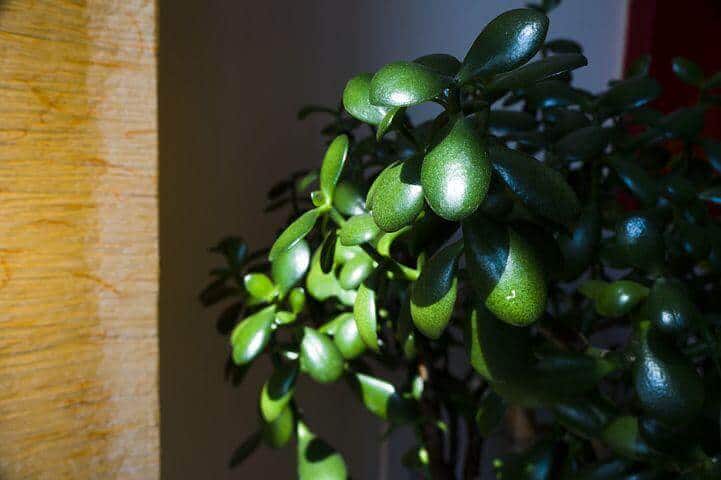
Sunlight is one of this plant’s favorite. Six hours of bright sunlight daily will contribute substantially to overall health. Do keep the plant away from direct sunlight exposure and UV rays, leaves are at risk of scorching. This is especially so with young plants. Direct sunlight will turn the leaves of mature plants reddish.
Water and Humidity
Watering will be necessary for the spring and summer months when the soil needs to remain moister. In winter, reduce watering to monthly unless you live in an arid climate or your home is heated to a higher temperature.
Drainage is a must always. Avoid watering your crassula ovata from an underneath saucer of water. Any excess water must always be eliminated. Jade plants sitting in water can fail and die due to overwatering. Low humidity is preferred by this succulent.
Temperature
Ideally, your Jade plant likes temperatures in the range of 65° to 70° Fahrenheit. At night and in the winter they do fine with cooler temps managing well at 55° F.They do not tolerate frost unless quite hardened. If your plant is outdoors, move it inside if possible, when the temperature drops below 50°F.
They tolerate well dry environments, but when too hot, your plant may enter dormancy, and experience leaf drops. If temperatures reach 90°F or above, make sure your plant has a shady spot to protect it from sunburn. The soil must not be allowed to dry out in extreme temperatures.
Feeding
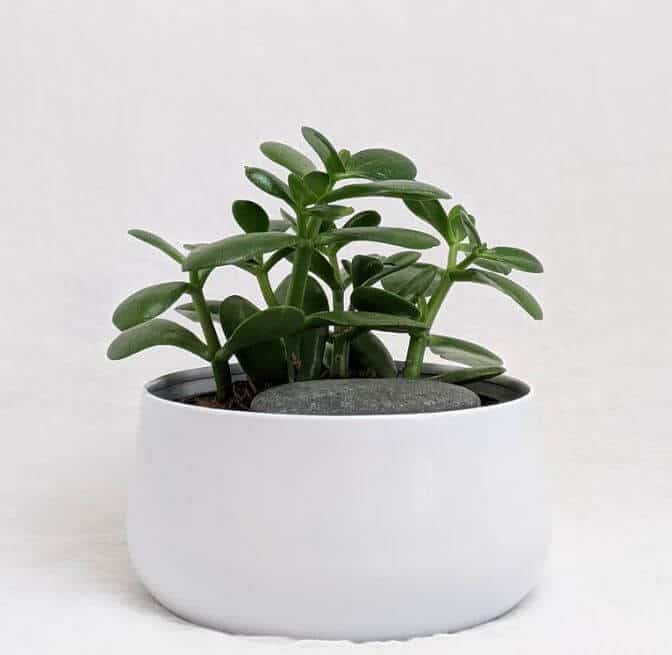
While this succulent does boast pillowy leaves and store its water, it does need to be fed during its growing season. You can feed your Crassula ovata once weekly using a 20-20-20 balanced liquid fertilizer that is diluted to quarter strength for mature plants. For young Jade plants, a fertilizer with less nitrogen is better suited.
Toxicity and Pets
One downside to the Jade plant is that it is toxic for dogs and cats. All parts of the plant are toxic. When ingested in large amounts, it can be lethal. If a pet exhibits any of these symptoms, get in touch with your veterinarian as soon as possible.
Symptoms of poisoning include:
- Uncoordinated movements
- Weakness
- Loss of muscle function
- Vomiting
- Lethargy
- Increase in aggressive behavior
- Excessive sleeping
- Depression
Jade Plant Propagation
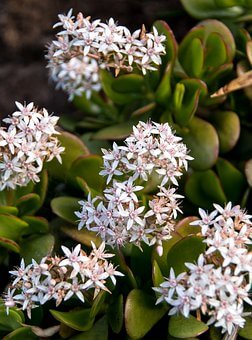
This is a super easy plant to propagate even using a single leaf from the mother plant. You can take a 3-inch cutting from your plant or a single leaf and allow it to callus in a warm, dry location for a few days. Once the cut point has formed a small scab plant the cutting or individual leaf in a container of succulent potting mix. The scab end is placed into the soil mix.
Put your container in bright sunlight and where it is warm until roots develop. When roots form and it appears to be well-rooted, water and care for it as for any Jade plant. Jade plants can also be propagated through root division.
Repotting
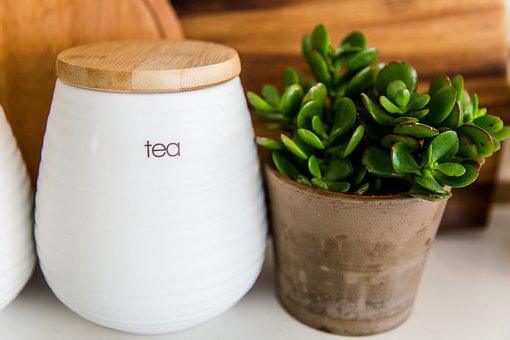
Jade plants are slow growers. They enjoy their roots being somewhat crowded and do not necessarily need to be repotted in a larger pot. Replace the soil roughly every 3 years for nutrition purposes. To change pots, select one that is 1 or 2 sizes larger and no more.
Repot in the summer when the weather is warm. Original soil needs to be dry before you repot. Remove your plant gently from its pot along with old soil from the roots ball. If you see cuts, use a fungicide on them before repotting. Fill the new container approximately one-third full. Insert the plant and slightly spread roots. Continue filling the container with new soil making sure roots are covered. Allow the newly potted plant to settle for a week before watering.
Pests, Diseases, and Problems
Jade plants flowers, too, are susceptible to pest infestations and disease. The most common pest found on Jade plants is the mealybug. White cottony deposits will be seen on the plant most commonly where stems attach to leaves.
Cacti and succulents, including the Jade plant, are sensitive to pesticides and oils. If mealybugs take up residence, remove them manually and use a cotton ball soaked in rubbing alcohol to wipe the area. The Jade may also host scale or spider mites. Treat these the same as with mealybugs.
Overwatering or soil that does not drain adequately can lead to root rot. Foliage drop, soft leaves or stems, and brown, mushy, roots are all symptoms. In this case, remove the plant from the waterlogged soil. Allow it to dry in the open air for 2 to 3 days, then repotting in the fresh succulent potting mix once the roots are dry.

